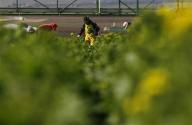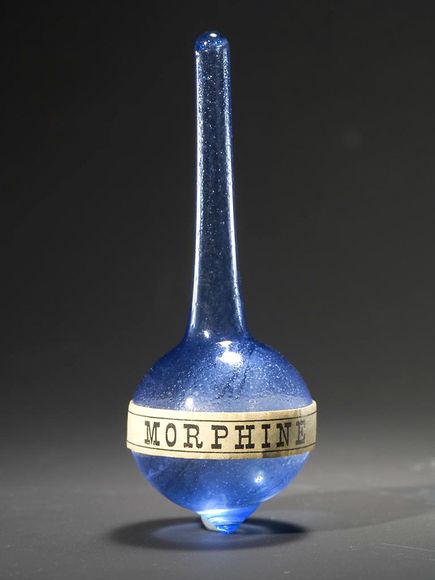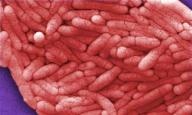
How broccoli can protect your arteries
It’s long been thought that broccoli is good for your heart, and now British scientists think they know why.
Researchers at Imperial College London have found evidence a chemical in broccoli and other green leafy vegetables could boost a natural defense mechanism that protects arteries from the clogging that can cause heart attacks.
In a study funded by the British Heart Foundation charity and conducted on mice, the researchers found that sulforaphane — a compound occurring naturally in broccoli and other brassicas — could “switch on” a protective protein which is inactive in parts of the arteries vulnerable to clogging.
“We know that vegetables are clearly good for you, but surprisingly the molecular mechanisms of why they are good for you have remained unknown for many years,” said Paul Evans of the National Heart and Lung Institute at Imperial College.
“This study provides a possible explanation for how green vegetable consumption can promote a healthy heart.”
Scientists already know that arteries don’t clog up in a uniform way, but that there are bends and branches of blood vessels — where blood flow is disrupted or slower — which are much more prone to the build-up of fatty plaques that cause heart disease.
Evans said his research found that in the more vulnerable areas, a normally protective protein known as Nrf2 is inactive.
“What our study showed was that sulforaphane can protect those regions by switching on the Nrf2,” he said.
The research, reported in the journal Arteriosclerosis Thrombosis and Vascular Biology, was conducted using purified sulforaphane, not broccoli. Researchers said the next step was to test the effect of the chemical as it is found in vegetables.
We now need to go and test this with broccoli smoothies, as it were, and compare that with the effect of purified sulforaphane,” Evans said, adding that if the vegetable form proved less effective, there could be an argument for taking sulforaphane in pill form.
broccoli , broccoli Health, broccoli Health Latest, broccoli Health Information, broccoli Health information, broccoli Health Photo,Exercising for Weight Health photo, broccoli Health Latest, broccoli Health latest, Exercising for Weight Health Story, Healthy Minnesota Health story, broccoli Video, broccoli video, broccoli Health History, broccoli Health history, broccoli over Picture, history, broccoli Asia, Healthy Minnesota asia, broccoli Gallery, Exercising for Weight gallery, broccoli Photo Gallery, Healthy Minnesota photo gallery, broccoli Picture, broccoli picture, broccoli Web, Malaysia Health, web Health, web Health picture, video photo, video surgery, gallery, laparoscopy, virus, flu, drug, video, Health Health, calories, photo, nutrition, health video, symptoms, cancer, medical, beating, diet, physical, Training, organic, gym, blister, exercise, weightloss, surgery, spiritual, eating, tips, skin, operation, bf1, broccoli, can, protect, your, arteries




